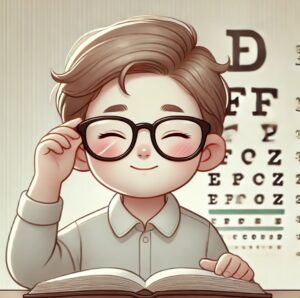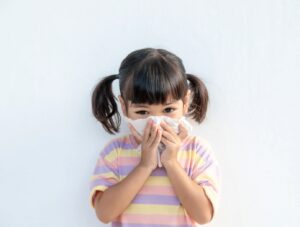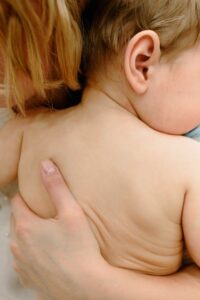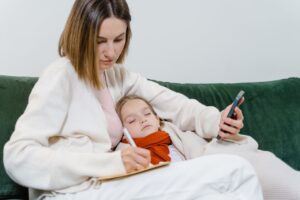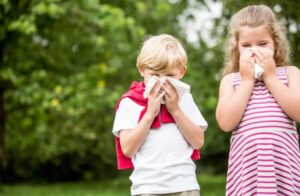Here’s a real example:
Ten-year-old Tim started complaining about heel pain after school every day. His mom thought it was just “growing pains” and didn’t pay much attention. But the pain got worse, and Tim began limping. Finally, they went to the doctor and found out Tim had something called Sever’s disease.
Many parents hear their child say their heel hurts and immediately think, “Oh, they’re growing, so some pain is normal.” But this is actually a common misunderstanding. Today, let’s talk about heel pain in kids and why it’s not always just “growing pains.”
What Are “Growing Pains”?
“Growing pains” are aches or discomfort kids sometimes feel in their legs while growing. They usually happen at night and affect the muscles, not the bones or joints. Growing pains don’t cause lasting harm and don’t make it hard for kids to walk.
But growing pains usually don’t cause ongoing heel pain or limping.
What Causes Heel Pain in Kids?
One common cause of heel pain in children aged 8-14 is Sever’s disease. This happens when the growth plate (a soft area at the back of the heel bone) gets irritated or inflamed, often from lots of running and jumping.
Signs of Sever’s Disease:
- Heel pain, especially after activity
- Limping or trouble walking because of pain
- Tenderness when pressing on the heel
This pain is not because the child is growing taller, but because of stress on the heel’s growth plate.
Why Should You Take Heel Pain Seriously?
If you think it’s just growing pains and ignore it, the pain might get worse and affect your child’s activities. Rest, ice, less running or jumping, and wearing good shoes with cushioning can help reduce the pain.
What Can Parents Do?
- Watch your child’s symptoms: If the pain lasts and affects walking, see a doctor.
- Limit intense activities: Avoid too much running or jumping until the pain improves.
- Choose proper shoes: Shoes with good cushioning can protect your child’s heels.
- Follow medical advice: Physical therapy or other treatments may be recommended.
Heel pain in kids is not just “growing pains.” It could be Sever’s disease or another condition that needs attention. Early care helps your child stay active and pain-free.




